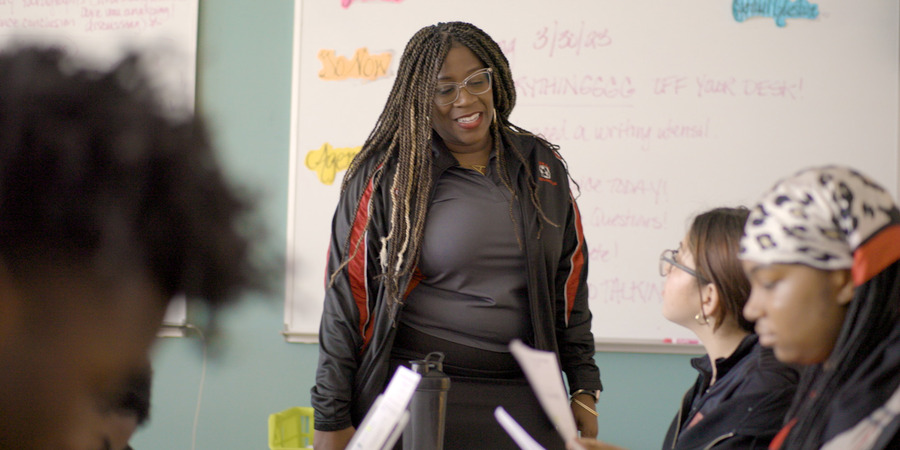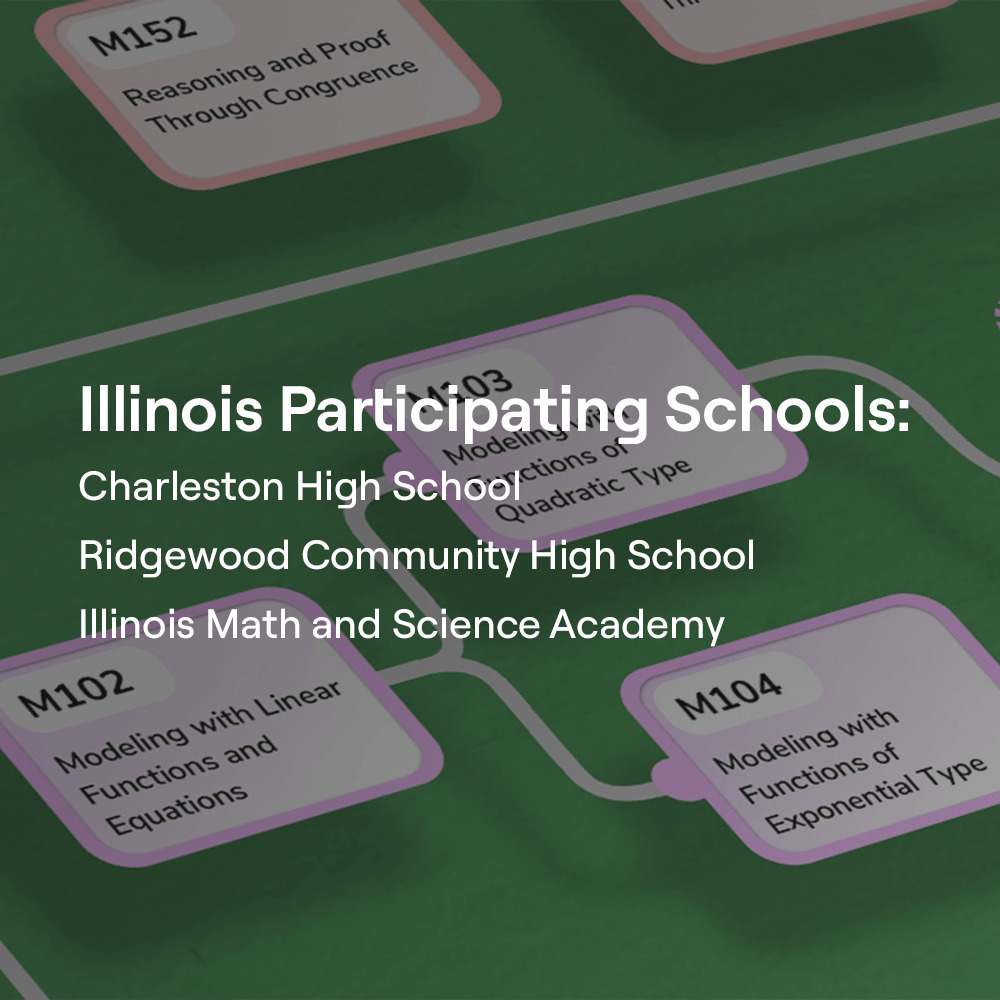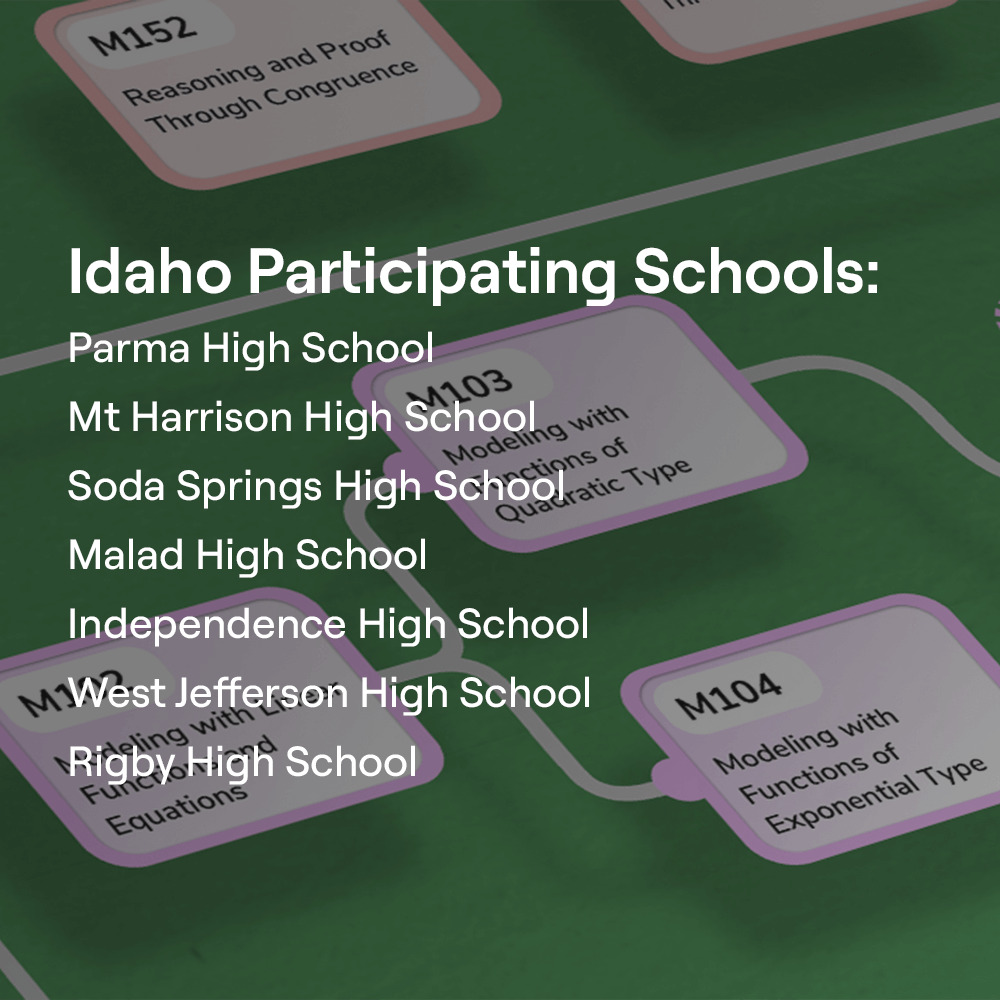Dunbar High School
Washington, DC
Creating a student learning utopia rooted in Afrofuturism.
When it opened in 1870, Paul Laurence Dunbar High School was the first public high school for African Americans in the United States. Current students proudly introduce themselves as attending “the historic Paul Laurence Dunbar High School.”
When it opened in 1870, Paul Laurence Dunbar High School was the first public high school for African Americans in the United States. Current students proudly introduce themselves as attending “the historic Paul Laurence Dunbar High School.” Many influential Black leaders have studied at Dunbar, including former DC mayor Vincent Gray, Congresswoman Eleanor Holmes Norton, artist Elizabeth Catlett, and jazz singer Shirley Horn. The school builds on rich Black history and helps students reimagine the future.
Dunbar is part of DC+XQ, a multi-year partnership to reimagine the high school experience in the nation’s capital. This community-led initiative has brought together students, educators, families, and community members with bold ideas for what is possible for DC’s high school students. Each school’s redesign is unique because every community is different.
Learn More about the DC+XQ partnership.

Since joining the first cohort of DC+XQ schools in the fall of 2022, Dunbar has developed a new school model centered on Afrofuturism—the Black social, political, and artistic movement that imagines a world free of systemic injustice. Utilizing the city and metaverse as a classroom, Dunbar students become lifelong learners committed and prepared to use their voice, knowledge, and skills to dismantle systemic inequities.
The Dunbar team understands the importance of making smart use of time, space, and tech by taking nontraditional approaches to when, where, and how students learn. Between field experiences, community service, advocacy, internships, apprenticeships, and dual enrollment offerings at local universities, students learn directly from their community and understand how their learning translates into real impact. As part of its nontraditional approach to learning, Dunbar leverages virtual reality technology to engage students across different subjects. For example, Algebra and Geometry classrooms use virtual reality headsets to develop digital literacy skills and make meaningful connections with school content, such as layering mathematical concepts and formulas over their physical environment through spatial computing and augmented reality (AR) technology. Students have also participated in virtual college tours across the country, using advanced computer tech to explore their own careers and artistic interests.
In the first year of implementing this new model, Dunbar saw an improvement in its average daily attendance rate and an increase in teachers’ favorable reporting on its instructional planning.
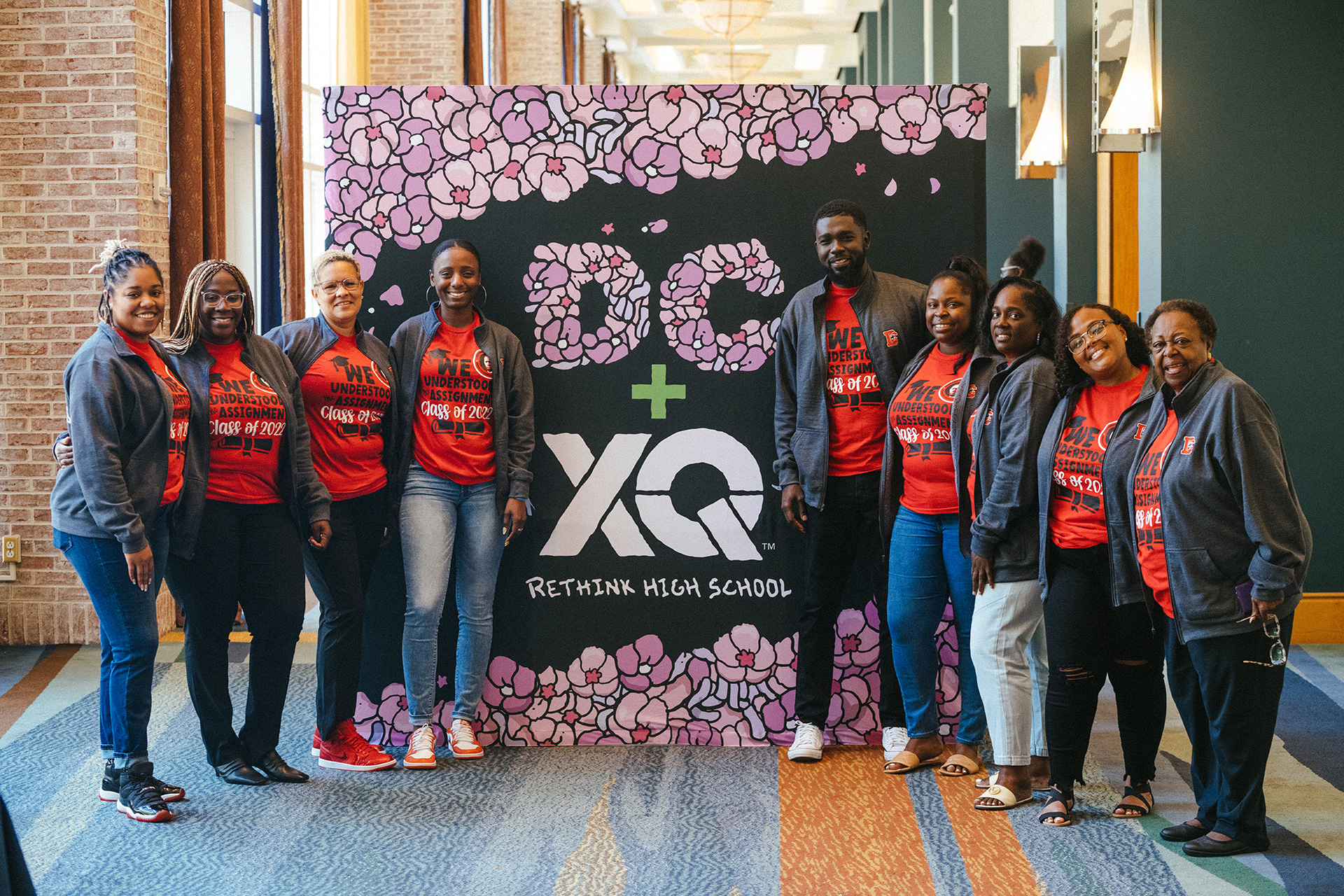
XQ Tools and Resources in Action
All high schools taking part in DC+XQ used XQ’s Design Journey to bring the community together around a vision for redesign. They also used XQ’s Educational Opportunity Audit (EOA) to analyze qualitative and quantitative data, including student transcripts. The EOA helps schools identify student opportunity gaps to facilitate change, ensuring all students are given equitable opportunities to succeed.
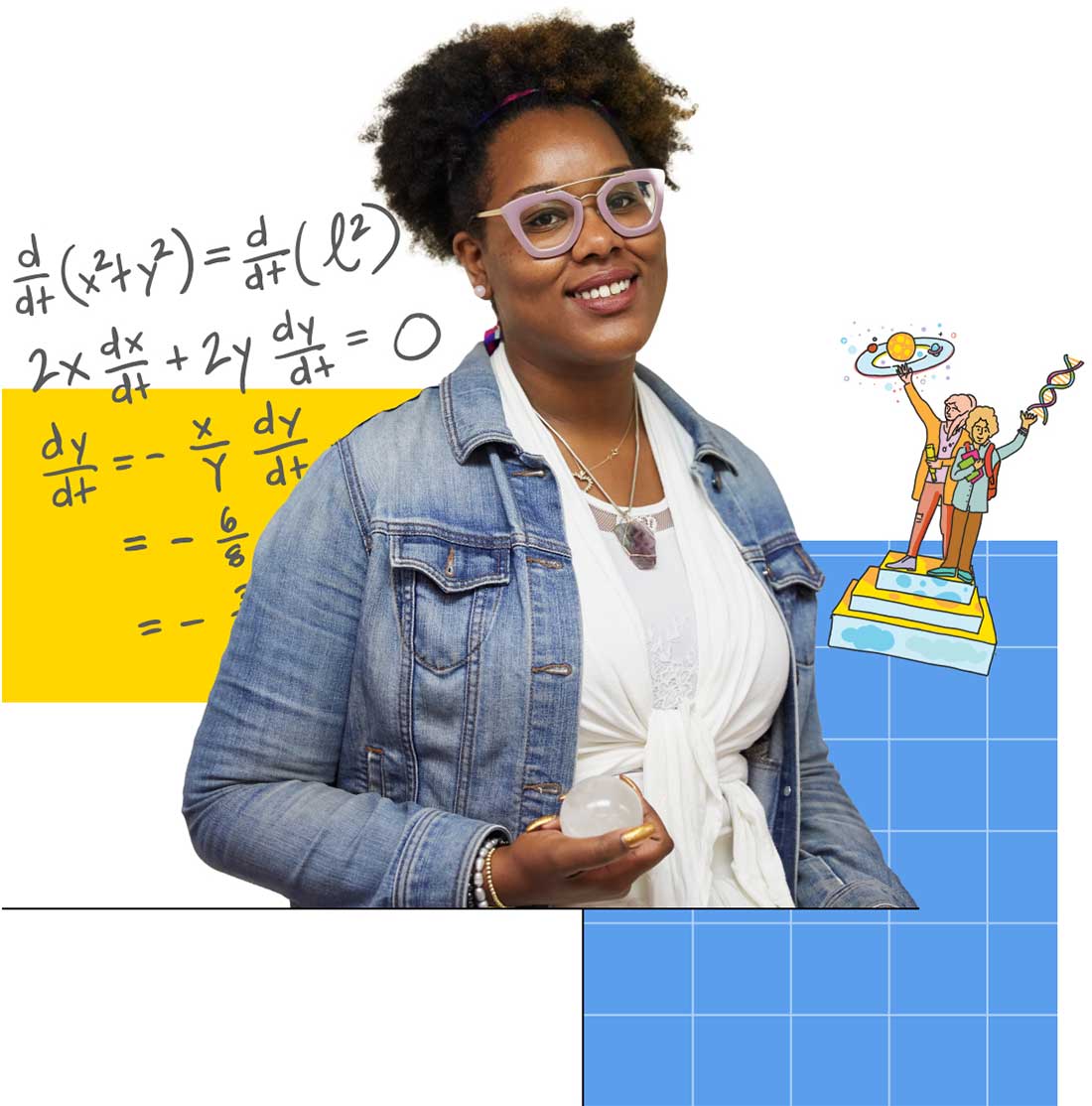
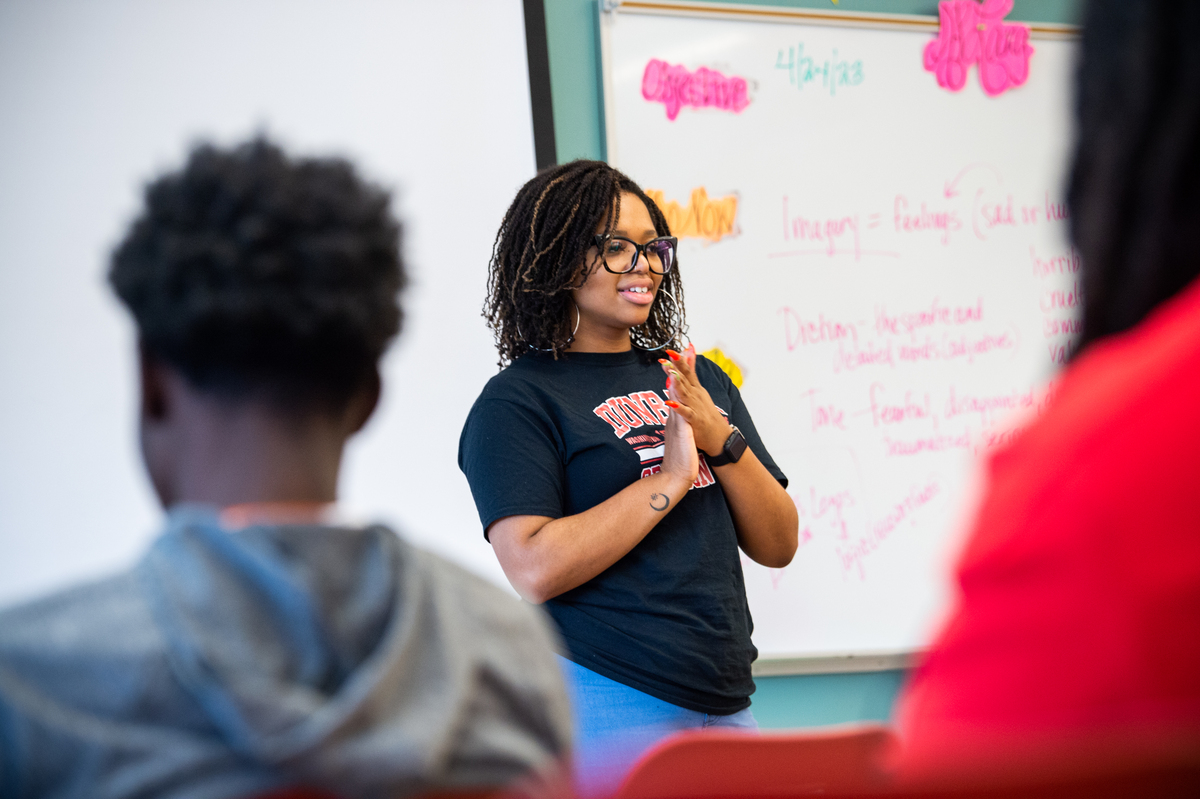

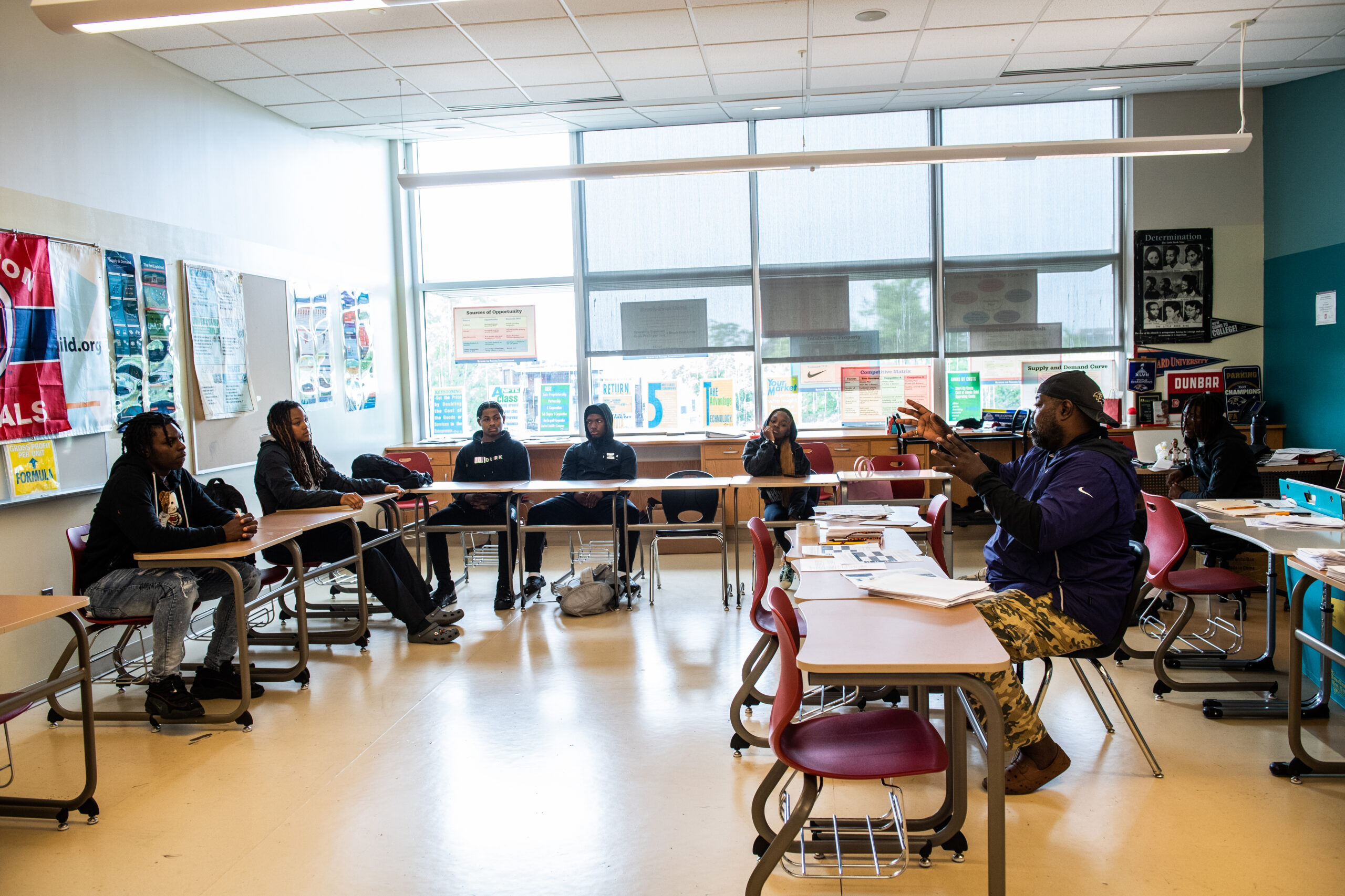
Learn More
See Dunbar High- DC+XQ
- The City is the Classroom at Dunbar (youtube.com)
- Remember Why You Started (youtube.com)
- DC+XQ Announces First Cohort of High Schools to Be “Reimagined and Redesigned”
- 2 DC high schools to pilot redesigned curriculum
- $25 million grant helps D.C. students redesign their high schools
- Dunbar Students, Staff Delve into Redesign Process
